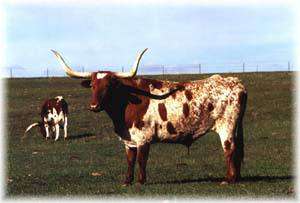Dodge City, Kansas
Longhorn Park
 A small herd of longhorn cattle graze on prairie grass in a 40 acre park located at the Dodge City Municipal Airport entrance. Dedicated to the millions of wild Texas longhorns driven to dodge City du...
A small herd of longhorn cattle graze on prairie grass in a 40 acre park located at the Dodge City Municipal Airport entrance. Dedicated to the millions of wild Texas longhorns driven to dodge City du...
Longhorn ParkWright Park Free Zoo
 Come to Wright Park Free Zoo for a relaxing, laid back day with your family and friends. Wright Park, the city's oldest park (1889), offers playgrounds, basketball courts, picnic areas and plenty of b...
Come to Wright Park Free Zoo for a relaxing, laid back day with your family and friends. Wright Park, the city's oldest park (1889), offers playgrounds, basketball courts, picnic areas and plenty of b...
Wright Park Free Zoo